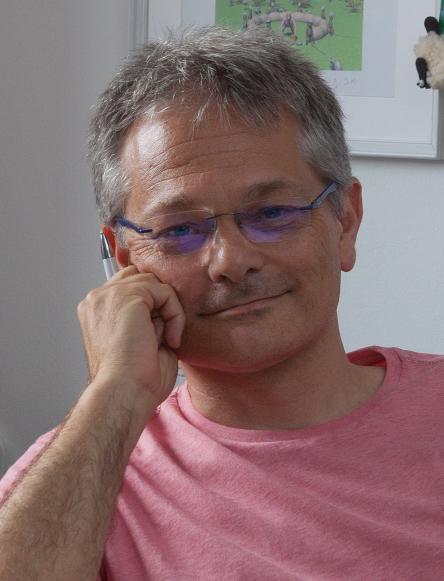Storytelling To Create A Positive Learning Environment
TalkAstronomy education around the world
2nd Shaw-IAU Workshop
Thursday Oct. 8, 2020
UTC: 8:30 p.m. - 8:40 p.m.
The famous Argentine writer Jorge Luis Borges writes in The Book of Imaginary Beings. “We are as ignorant of the meaning of the dragon as we
are of the meaning of the universe, but there is something in the dragon’s image that appeals to the human imagination, and so we find the
dragon in quite distinct places and times. It is, so to speak, a necessary monster.” As a necessary monsters, dragons have a sibling: storytelling.
Thanks to storytelling, the human being wonders about the meaning of stars and trees, nature and beauty, love and imperfection, itself and the
others. Religions and myths are expressed as narratives. The art of narration allows people to make experiments, to test hypothesis (what if...),
to delve into concepts, to change point of view. In short: storytelling is just like digestion. It allow us to internalize concepts and include them
within our imagination. As part of the human culture, science shares the same internalisation process: storytelling can be suitable to get a
sense of science and freely play with it, especially for children and kids. In the last few years, we designed an environment to foster this
approach for 8-12 yrs, taking into account the gender issue too. A fictional character, Martina Tremenda, was ideated in 2014 by one of us (S.
Sandrelli) to create a coherent storytelling framework to include astronomy related activities provided by the Italian National Institute for
Astrophysics (INAF) under the collective name of astrokids. Martina can be considered the daughter of Pippi Longstocking, Astrid Lindgren’s
character (International Andersen Prize, 1958) and Giovannino Perdigiorno (something as Little Johnnie Timewaster), a character created by
Gianni Rodari (International Andersen Prize, 1970). Several tens of activities were performed using this character with very interesting results. A
play was written and replied more than 20 times in one year – before covid emergency obliged us to cancel it. In my talk, I wish to share our
experience and discuss with all of you how such an approach can strongly support interdisciplinary education at school level, starting from the
most recent discoveries in astrophysics. And how it could be further implemented in the future.
About Stefano Sandrelli
Studied physics at University of Pisa, got a PhD at Uni Bologna and a Master in science communication at Sissa, Trieste. Since 1999, he works at Osservatorio Astronomico di Brera, Milano, now part of the National Institute for Astrophysics (INAF). He worked as a scientific journalist for the European Space Agency (1999-2015). He was head of the INAF Outreach and Education Office (2008-10; 2016-20) and of the Italian Astronomical Olympiad Organizing Committee (2009-15).
As a writer, he published several books for kids and the general public. In 2010 he won an Italian Andersen Prize (Feltrinelli Kids, best series). In 2017 he won the “G. Dosi” Prize with Nello spazio con Samantha, written with the ESA astronaut Samantha Cristoforetti.
For the International Astronomical Union (IAU) he is Italy NAEC since 2020 and Italy NOC since 2016 (vice-NOC from 2021).
Director of the IAU Office of Astronomy for Education Italy Center since 2020, he loves cronopios and all those people who cough, stumble and regularly lose their bus.
Watch a recording of this talk (external link)





